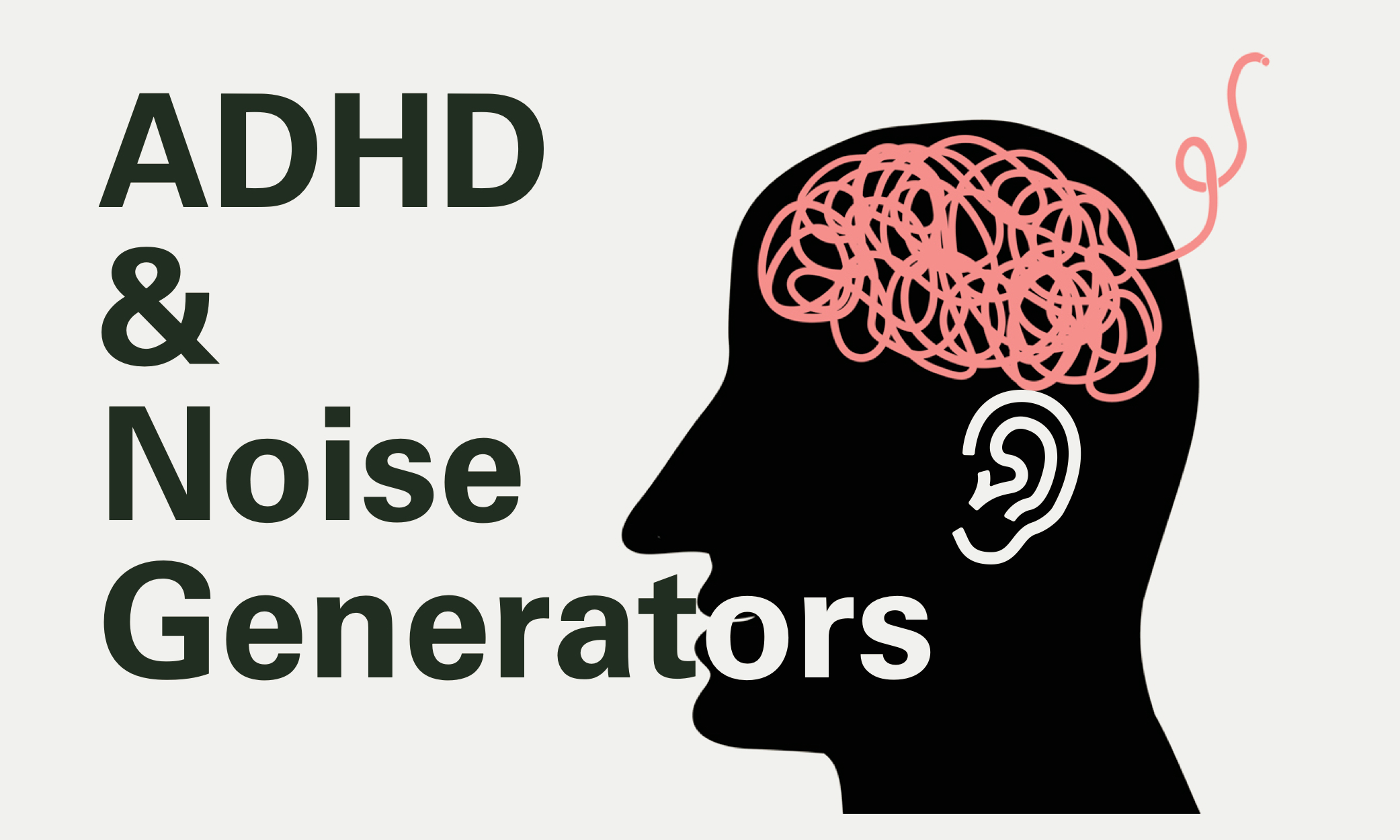FF 3.6 | Jamming
6 Jamming (2-5 Days)
Objectives
Add power chords to bass with optional drums and vocals to Enhance student musicianship through group jamming and small band experiences.
Procedure
Introduction and Listening Exercise: Start with listening to a song, identifying instruments, and discussing their roles. This creates a narrative for students to consider when they play or cover a tune.
Group Jamming: Conduct a big group jam, using a familiar song like Taylor Swift's "Love Story". The jam can be on the entire song or one song section. Take turns playing bass, power chords, and drums together as a class. Have students play drums on their laps when practicing. Here is a great video series on lap drumming and a module on playing the kit. Encourage students to sing the words of the song when playing each instrument.
Instrumental Roles and Jamming: Assign students to various instruments based on classroom availability (e.g., drum set, electric guitars, bass guitar). Rotate roles to ensure everyone gets a chance to play different instruments. Give some students alternate power chord rolls such as: one string at a time, octaves, three and four note chords, and palm muted chords to create differing textures. Play the song together with the different rolls played at the same time.
Singing and Performance: Encourage singing along with the music. Normalize singing for all students by singing together with the recording before turning it off and performing without it. Have students sing into mics and through a PA if there is one in the room.
Small Band Formation: After the group jam, organize students into smaller bands. Let them choose songs they're interested in covering. Have the bands check the song with you to make sure they can be played with power chords.
Band Practice and Collaboration: Bands practice their chosen song sections, focusing on coordination between bass, power chords, and drums. Provide guidelines for effective rehearsal and collaboration within bands. Give many clear, timed checkpoints so bands have organized rehearsals.
Performance Preparation: Prepare for a mini-concert where each band performs their song or song section. Use stage lights and create a concert atmosphere to make the performance special.
Opening and Closing Activity Ideas
Opening: Begin the class by watching live concerts of bands, have students reflect on the independence needed to play in a group. On days when students are rehearsing, have them create a practice plan based on their rehearsal the day before. Brainstorm goal setting strategies and how best to collaborate.
Closing: Reflect on the band experience, discussing what worked well and what could be improved. Encourage students to share their thoughts on the collaborative process and their enjoyment of making music together.
Assessment
Participation: Assess students on their active participation in group jams and small band practices.
Musicianship: Evaluate their ability to play their parts accurately and in time with the group.
Collaboration: Grade students on their collaboration and communication within their bands, focusing on how they work together to create music. Look for solution based problem solving and positive communication.
Differentiation
Remediation: Assign the bass roll students who are struggling with note names and fretboard understanding. For students struggling with specific instruments, provide additional support or pair them with more experienced peers.
Enrichment: Encourage advanced students to take on leadership roles within their bands, such as musical director or band leader, to foster peer teaching and learning. More advanced students can also play octaves, three/four note power chords, and more advanced fretting and picking hand techniques.
Notes
Creating a positive, supportive environment is crucial for student success in band settings. This will be the first time many students have played and/or practiced in a group. Taking extra time to talk about best practice for rehearsal will return great results in the future. If you have taught ensembles in the past, reflect on what bad rehearsal habits students have had. Make note of those habits and address the issues with these students before they surface. Facilitate discussions on effective collaboration and constructive feedback to build a cohesive band dynamic.





